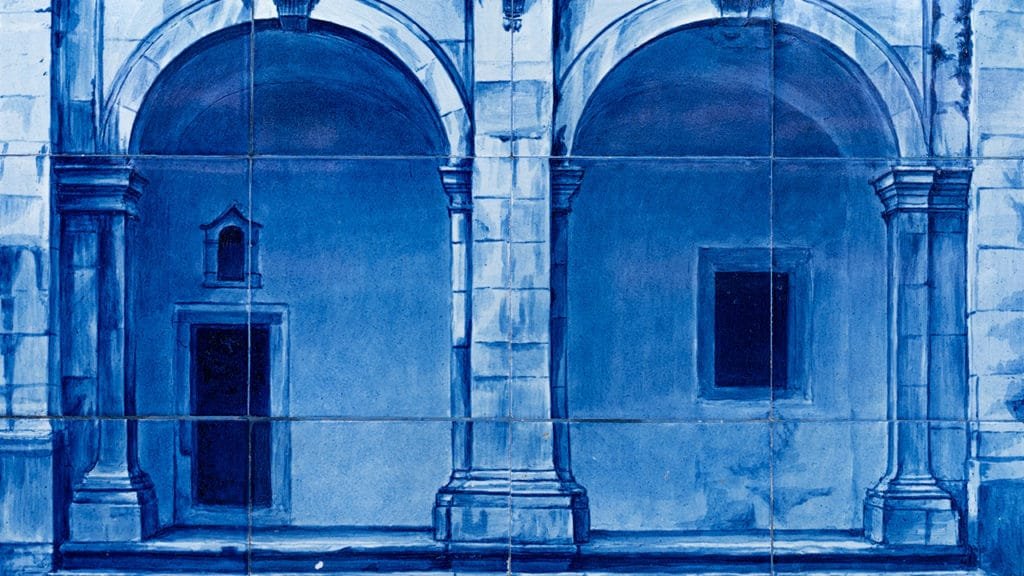The use of tiles in Portugal gained momentum when in 1948 D. Manuel I visited Spain and was impressed by the beauty of the tile work. He then decided to import them and use them in his residence in Sintra (Palácio Nacional de Sintra) mixing the tiles with the already existing bold architecture.
The existing tile style got mixed with the Portuguese aesthetics, it’s history and small pottery shops then started to produce them to sell to the nobles and clerics.
From Italy, a technique that allowed a glassed tile to be painted would become crucial in the development of the countries style and artistic expression. Its use became part of the decorative style of Portuguese gardens palaces and convents across the country.
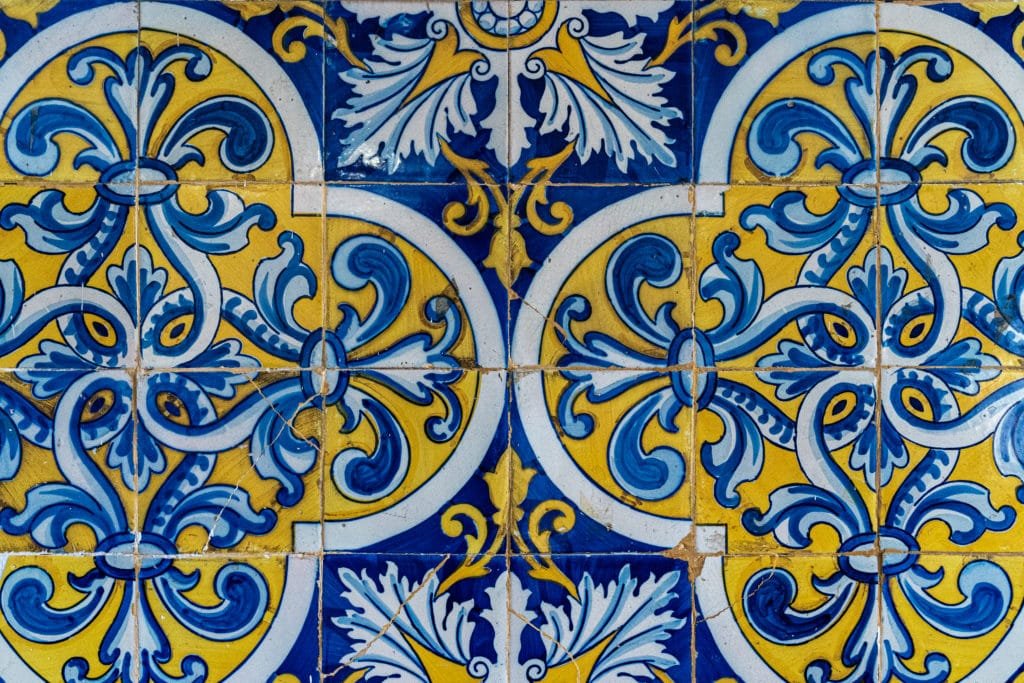
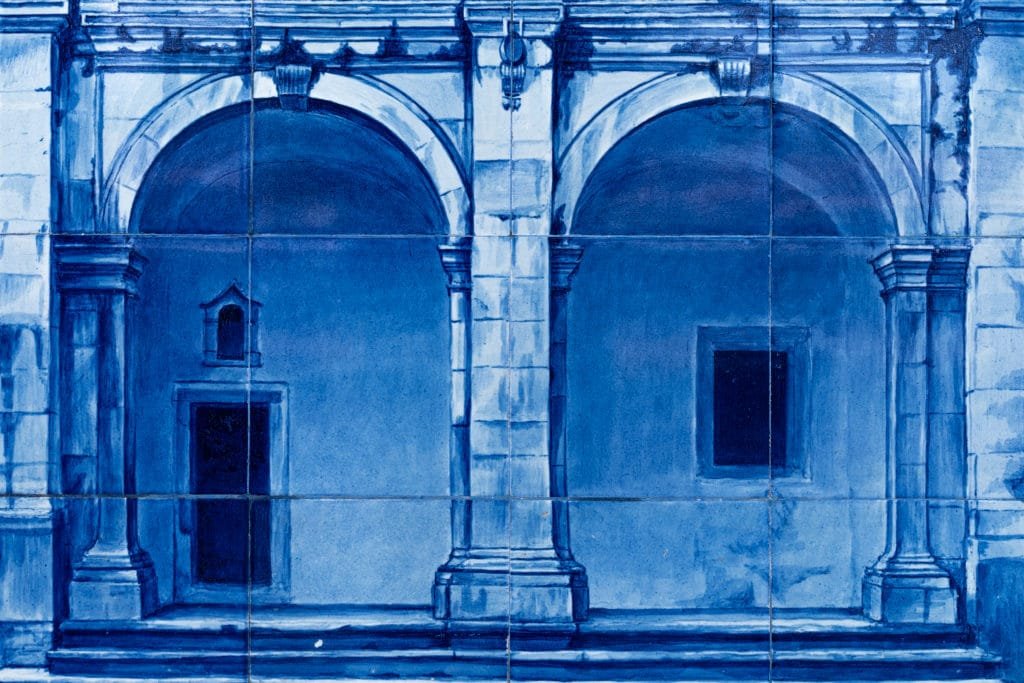
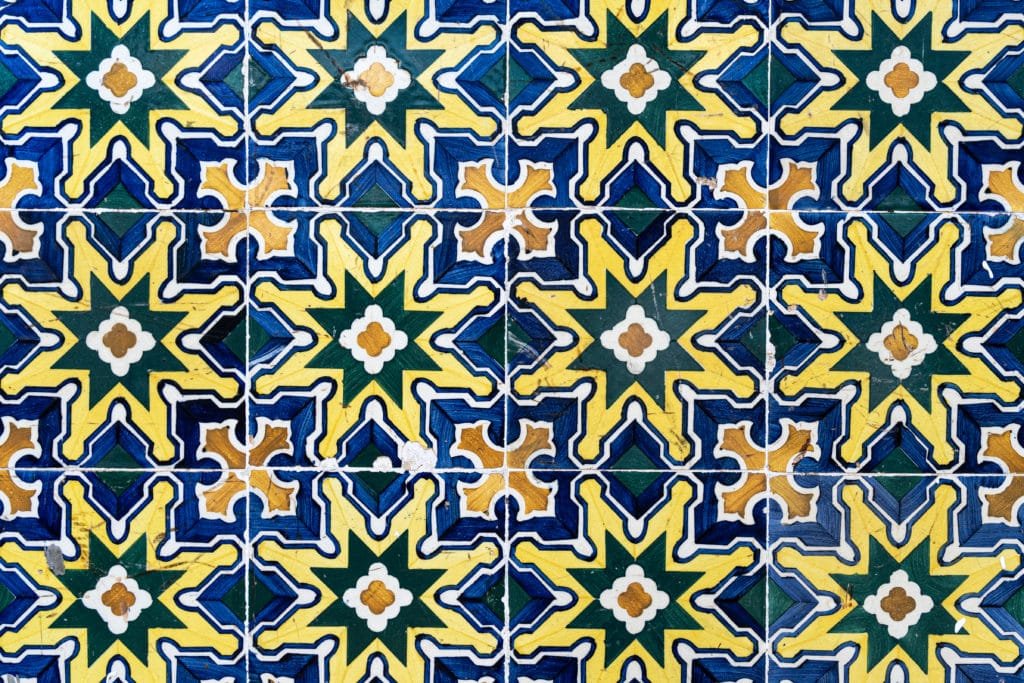
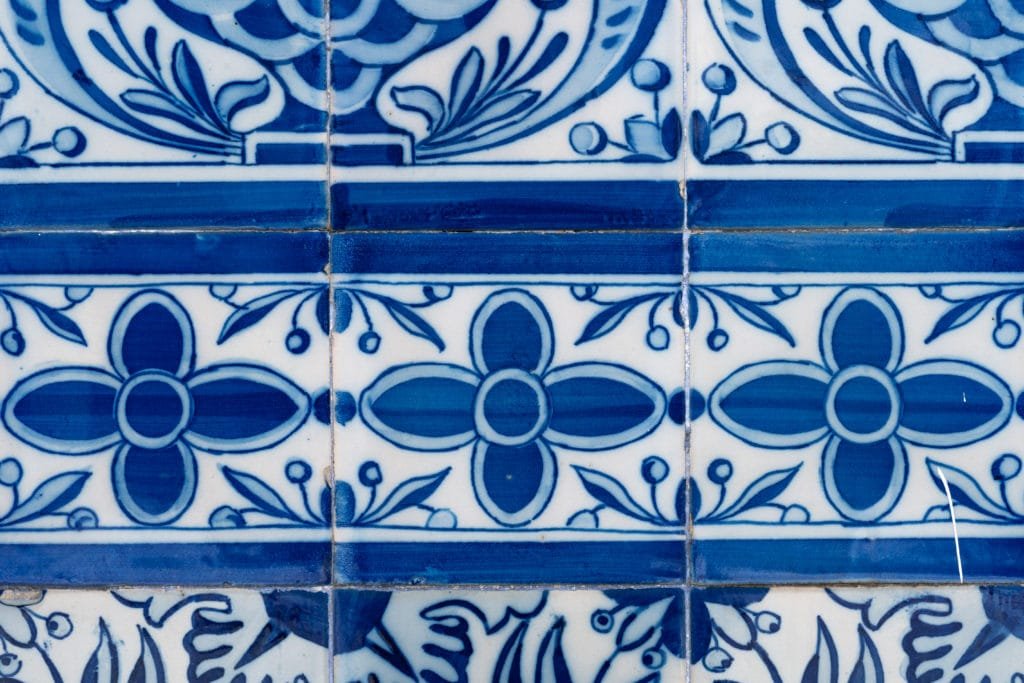
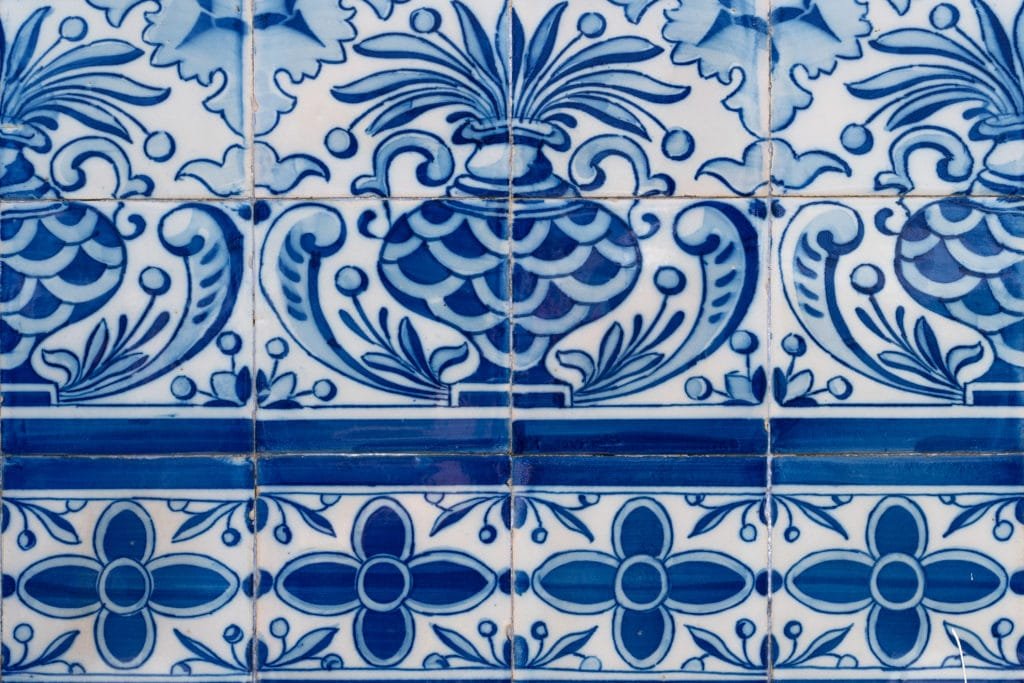
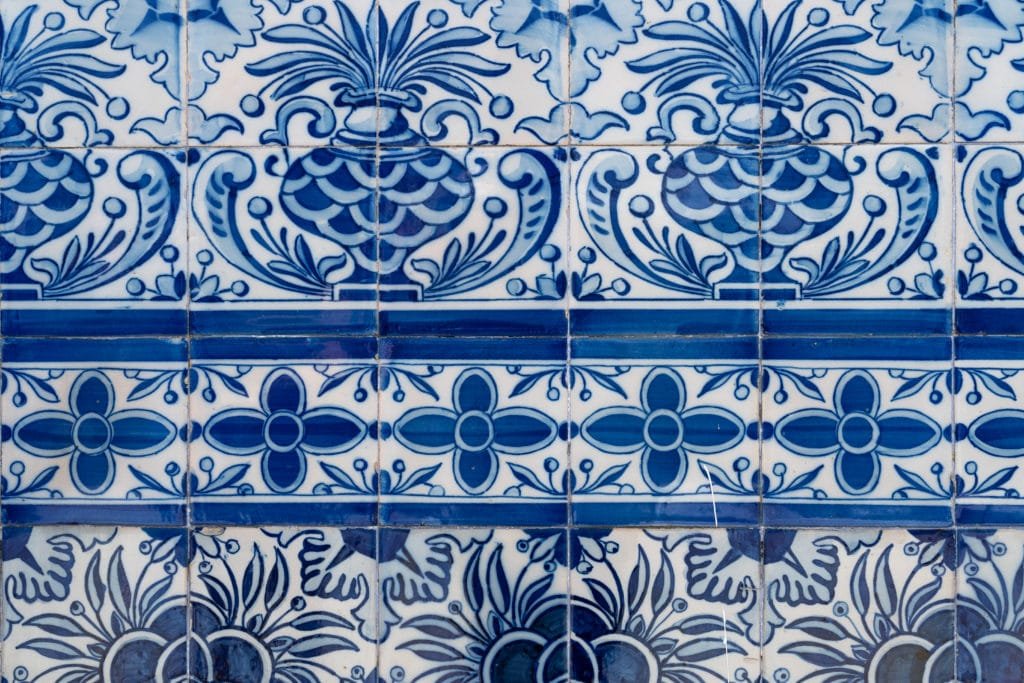
See the video of our visit here:
Notable Museums
- National Tile Museum (Museu Nacional do Azulejo) – Lisbon: This museum showcases the history of Portuguese tiles from the 15th century to modern times.
- Museum of Lisbon – Pimenta Palace – Lisbon: Offers a comprehensive look at Lisbon’s history, including its tiles.
Shops for Tile Souvenirs
- Fábrica Sant’Anna – Lisbon: The oldest tile factory in Portugal, operating since 1741.
- Solar Antiques – Lisbon: Specializes in antique tiles.
- Loja dos Descobrimentos – Lisbon: Offers a variety of traditional tiles.
Additional Points of Interest
- Sintra National Palace: Notable for its blend of Gothic, Manueline, and Mudéjar styles.
- Palace of the Marquises of Fronteira: Famous for its stunning tilework.
Convento de São Paulo da Serra da Ossa
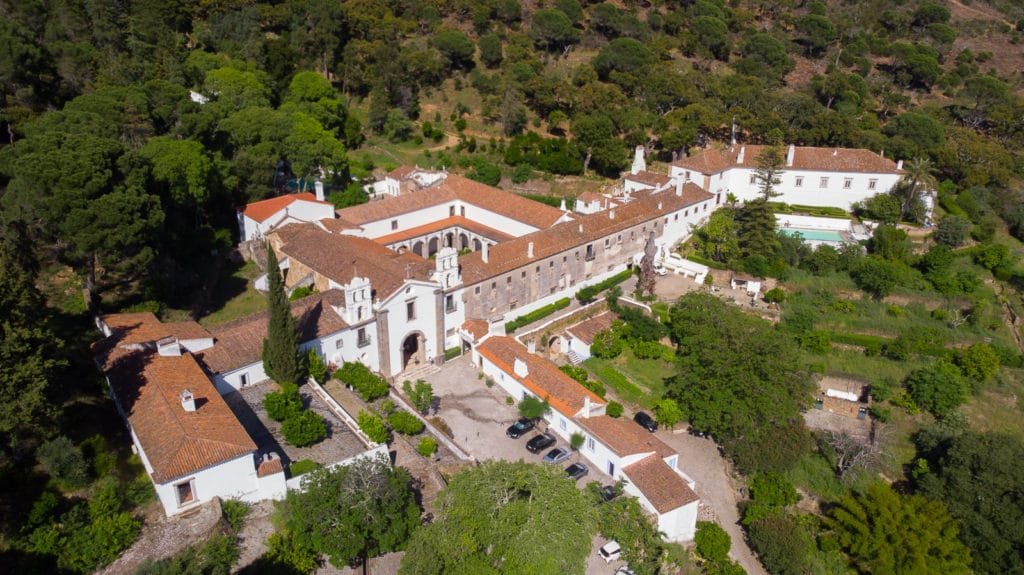
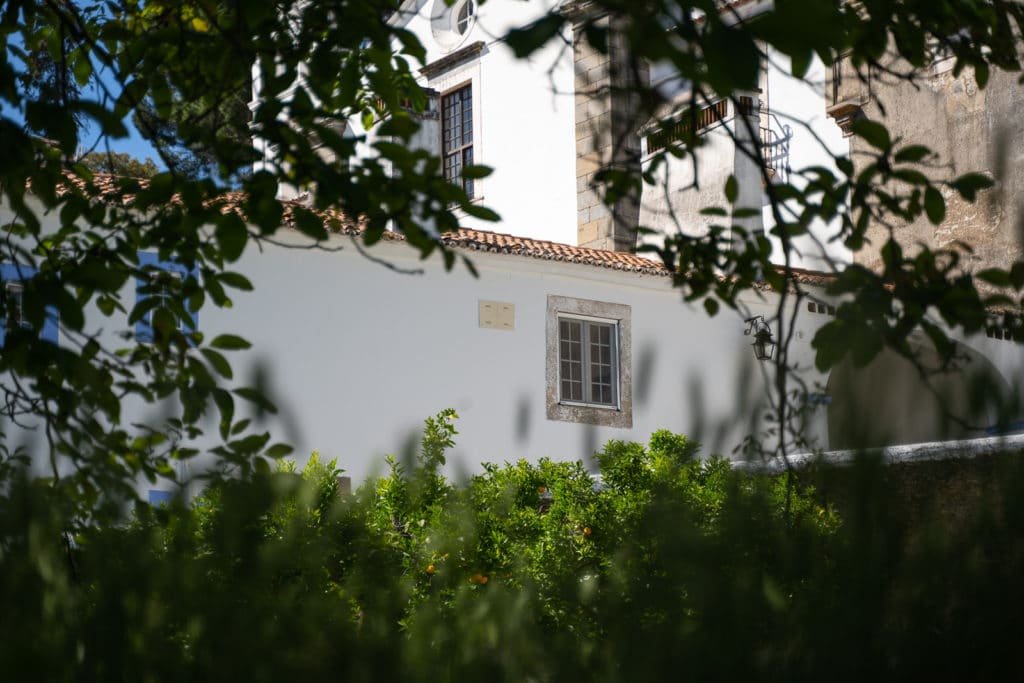
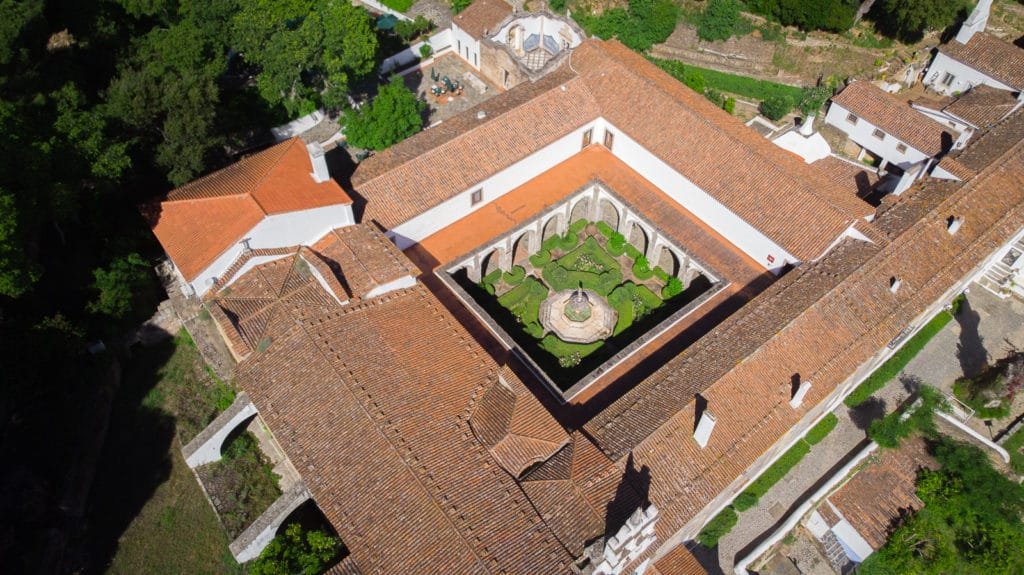
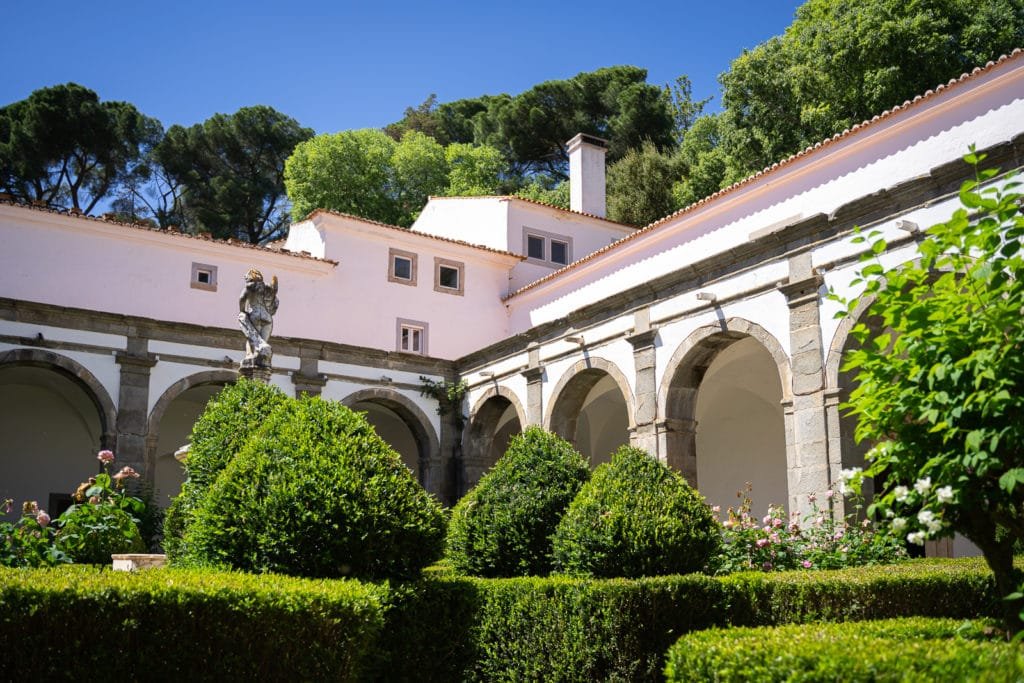
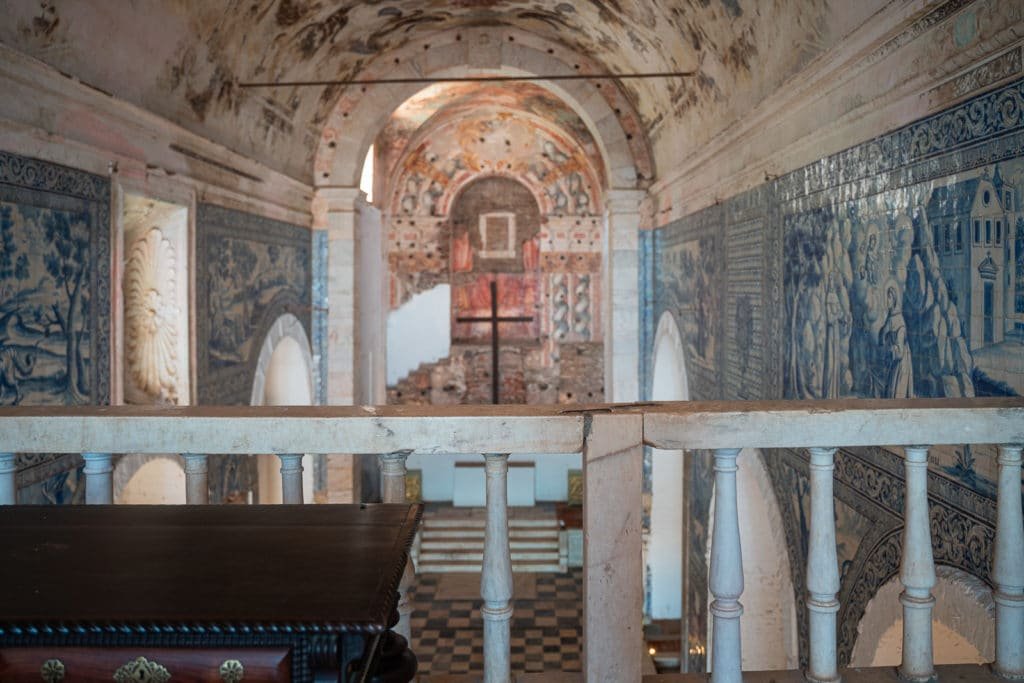

In this search for tile history, we visited Convento de São Paulo. This Portuguese national monument, now converted into a hotel, is home to one of the most exquisite and large collections of tiles and panels in Portugal, mostly of biblical themes. More than 54.000 tiles, terracotta artwork, fountains and a beautiful old church, make this place a must-see if you enjoy history or if you want to relax in a truly spiritual calm place.
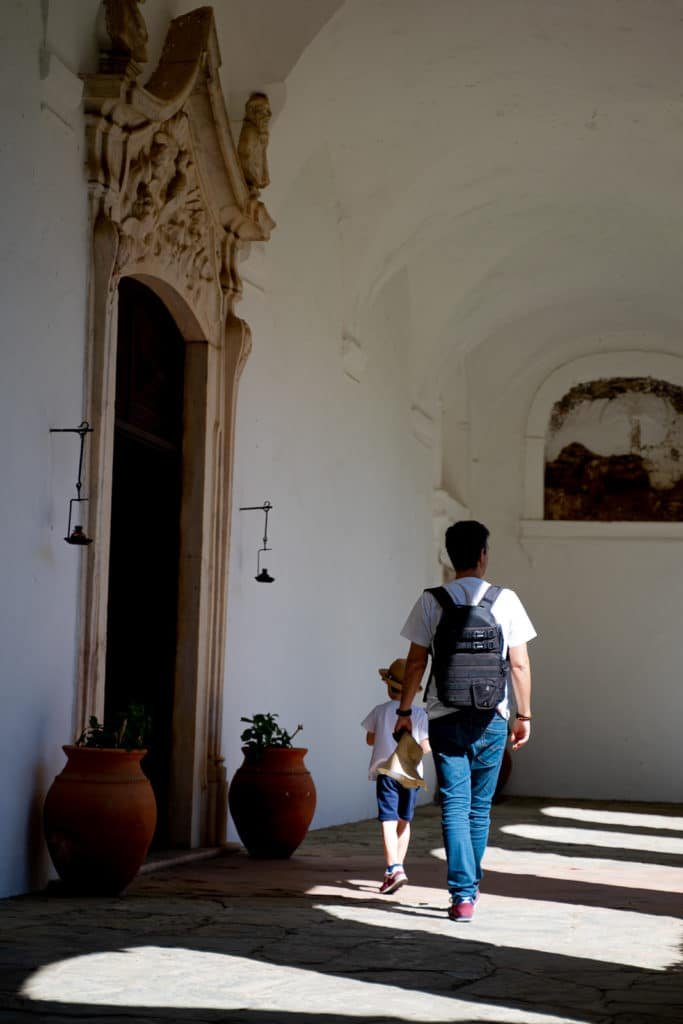
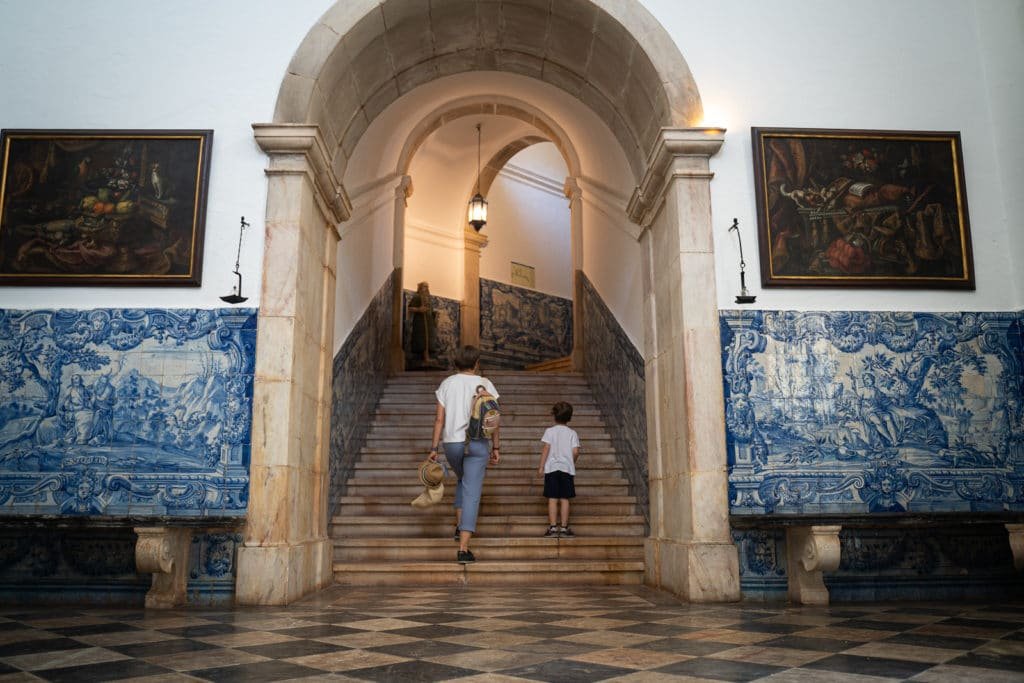
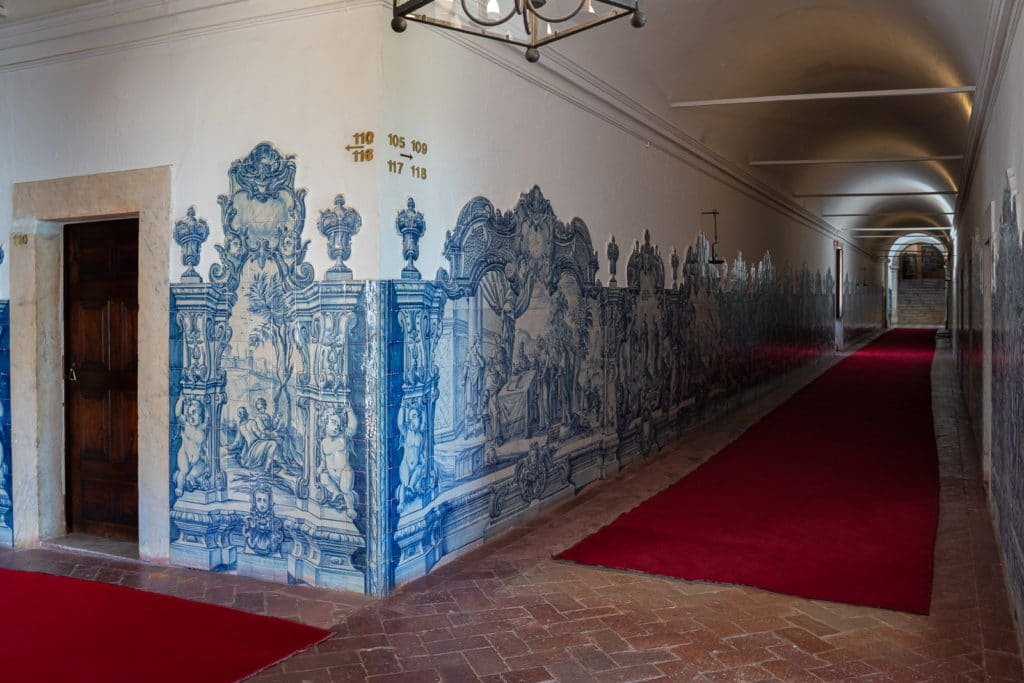

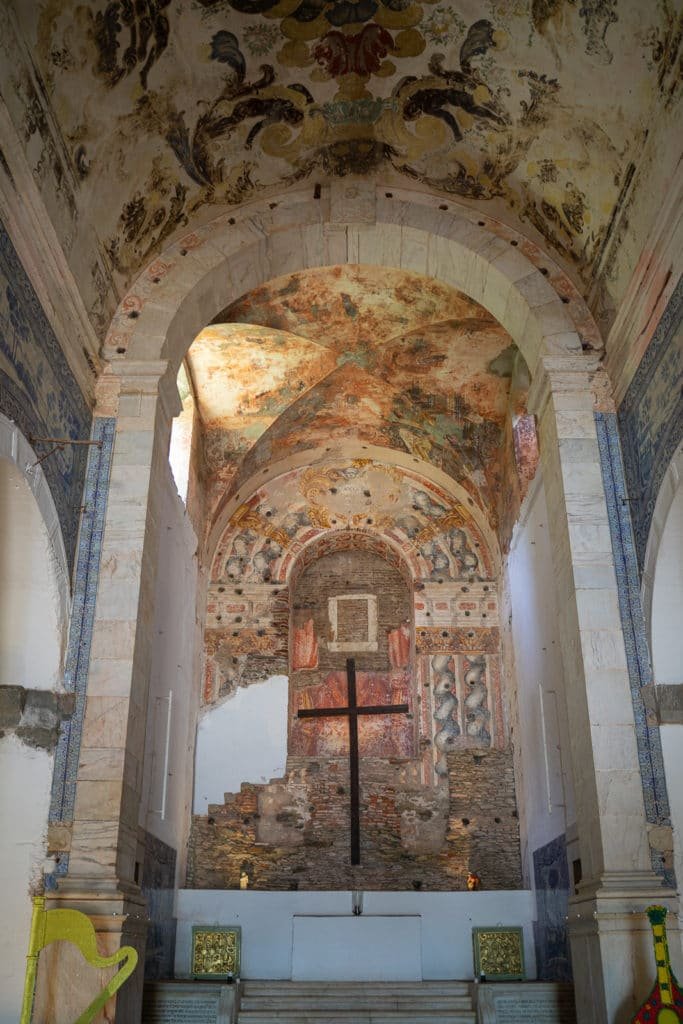
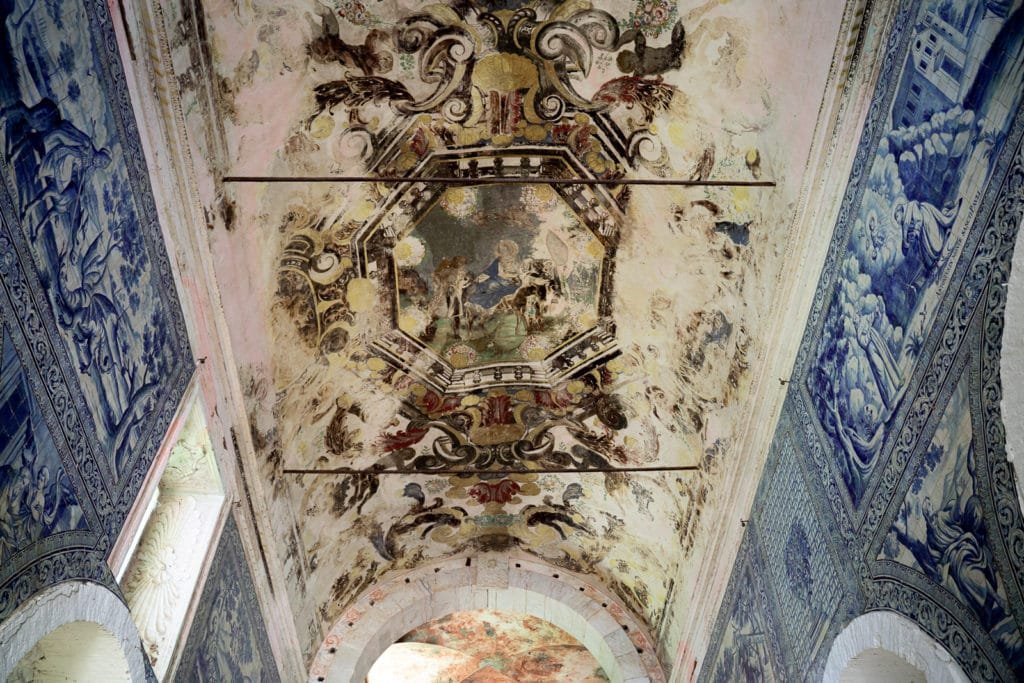

What is the oldest Portuguese tile factory?
The oldest factory of Portuguese tiles is Sant´Anna and it's been working since 1741 from before the Lisbon earthquake and it still works to this day.
Why are Portuguese tiles blue?
From around the 17th century, the Netherlands started to produce tiles in white and blue, influenced by the Chinese ceramics. The need to import these tiles in quantity led to the Portuguese artists to react and also start to use a similar technique. After the 1755 earthquake the need to rebuild, the low cost of this material and it's an aesthetic value led to its use in many facades of this era. It's referred to as azulejo pombalino because of it.
Where can I buy tiles in Portugal?
One of the best places is, of course, Fábrica de Sant'Anna in Lisbon the oldest tile factory in Portugal. Other places such as Sola Antiques, Fabrico do azulejo, or Loja dos Descobrimentos a good choice for that much-desired souvenir.
What are Portuguese tiles made of?
In the beginning, tiles were used in the floor or as a wall decoration and they consisted mostly of on coloured terracotta unglazed. They evolved into a technique of drawing in a still wet ceramic plate and later white enamel and metallic pigments to give them a glaze finish a technique imported from Italy.
What is the city with the most tiles?
Lisbon is the city with the most tiles in the world.
